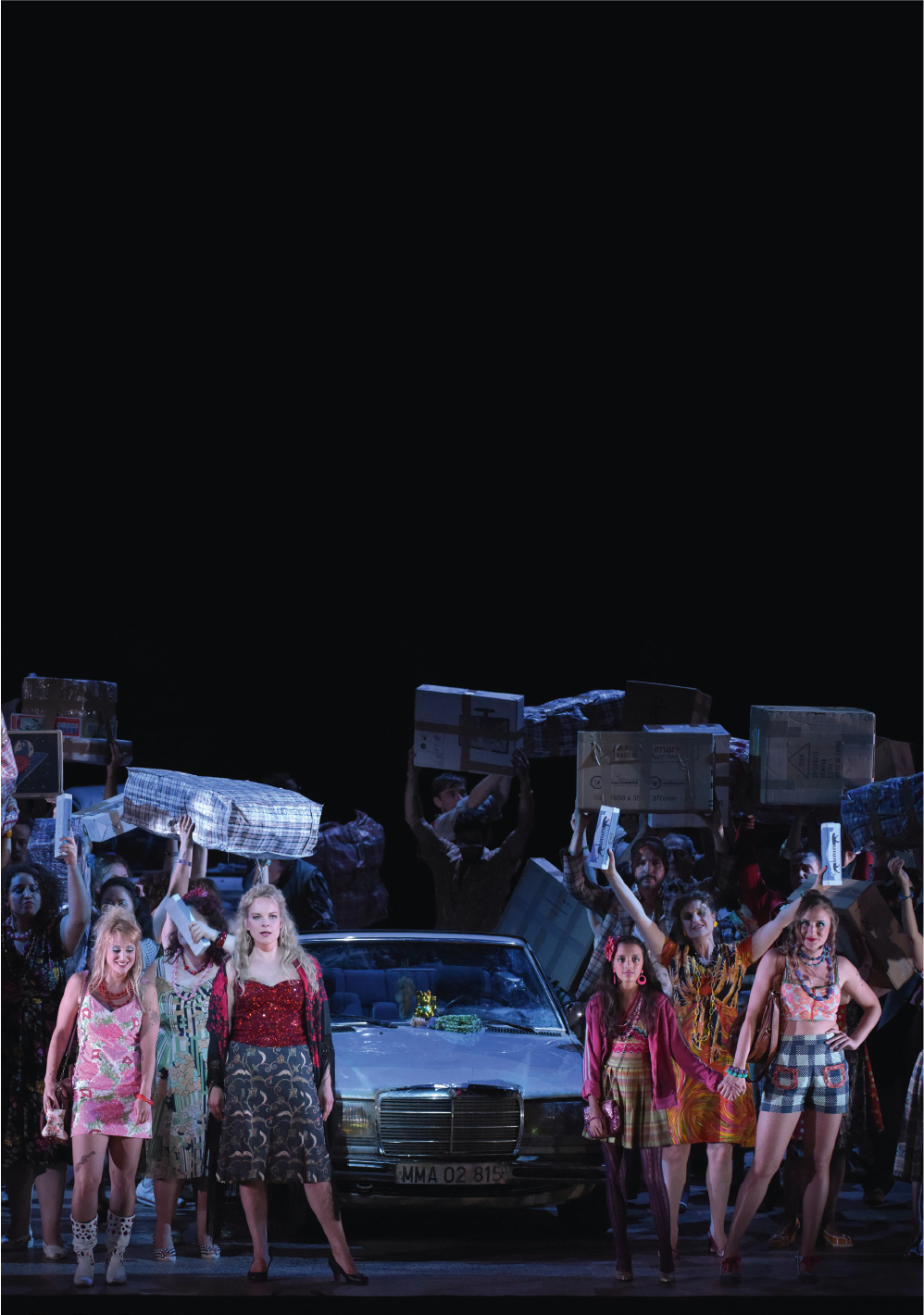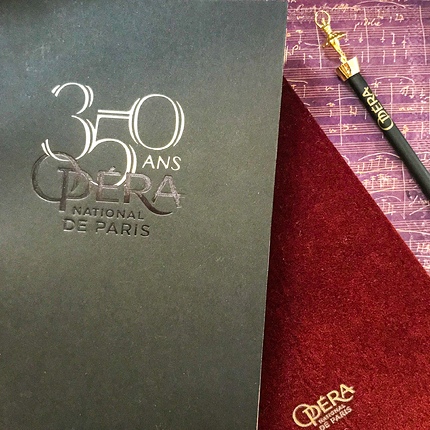Synopsis
Dance, dance, otherwise we are lost!- Pina Bausch
Hailed as a true event when it entered the repertoire in 2005, Orphée et Eurydice, a major work by the choreographer Pina Bausch, brings to life with great force one of the most celebrated myths in Western culture. Bausch revisits Gluck’s work in the form of a danced opera, exploring in their intimate detail the links between movement and song. Fascinated by what “shakes people up”, she brings to the score a disturbingly human quality, attaining through dance a universal vision of love of which she offers a sumptuous incarnation.
Duration : 2h20 with 1 interval
Artists
Dance opera in four parts
Creative team
Cast
- Saturday 24 March 2018 at 19:30
- Monday 26 March 2018 at 19:30
- Tuesday 27 March 2018 at 19:30
- Wednesday 28 March 2018 at 19:30
- Friday 30 March 2018 at 19:30
- Saturday 31 March 2018 at 19:30
- Sunday 01 April 2018 at 19:30
- Monday 02 April 2018 at 14:30
- Tuesday 03 April 2018 at 19:30
- Thursday 05 April 2018 at 19:30
- Friday 06 April 2018 at 19:30
Latest update 22 March 2018, cast is likely to change.
Latest update 22 March 2018, cast is likely to change.
Latest update 22 March 2018, cast is likely to change.
Latest update 22 March 2018, cast is likely to change.
Latest update 22 March 2018, cast is likely to change.
Latest update 22 March 2018, cast is likely to change.
Latest update 22 March 2018, cast is likely to change.
Latest update 22 March 2018, cast is likely to change.
Latest update 22 March 2018, cast is likely to change.
Latest update 22 March 2018, cast is likely to change.
Latest update 22 March 2018, cast is likely to change.
Les Étoiles, les Premiers Danseurs et le Corps de Ballet
Balthasar-Neumann Ensemble & Chor
Droits chorégraphiques et scénographiques : Verlag der Autoren, Francfort, représentant la Pina Bausch Foundation, Wuppertal, Allemagne.
choreography@verlagderautoren.de
Media
Access and services
Palais Garnier
Place de l'Opéra
75009 Paris
Public transport
Underground Opéra (lignes 3, 7 et 8), Chaussée d’Antin (lignes 7 et 9), Madeleine (lignes 8 et 14), Auber (RER A)
Bus 20, 21, 27, 29, 32, 45, 52, 66, 68, 95, N15, N16
Calculate my routeAt the Palais Garnier, buy €10 tickets for seats in the 6th category (very limited visibility, two tickets maximum per person) on the day of the performance at the Box offices.
In both our venues, discounted tickets are sold at the box offices from 30 minutes before the show:
- €25 tickets for under-28s, unemployed people (with documentary proof less than 3 months old) and senior citizens over 65 with non-taxable income (proof of tax exemption for the current year required)
- €40 tickets for senior citizens over 65
Get samples of the operas and ballets at the Paris Opera gift shops: programmes, books, recordings, and also stationery, jewellery, shirts, homeware and honey from Paris Opera.
Palais Garnier
- Every day from 10:30 a.m. to 6 p.m. and until performances end
- Get in from Place de l’Opéra or from within the theatre’s public areas
- For more information: +33 1 53 43 03 97
Online
Palais Garnier
Place de l'Opéra
75009 Paris
Public transport
Underground Opéra (lignes 3, 7 et 8), Chaussée d’Antin (lignes 7 et 9), Madeleine (lignes 8 et 14), Auber (RER A)
Bus 20, 21, 27, 29, 32, 45, 52, 66, 68, 95, N15, N16
Calculate my routeAt the Palais Garnier, buy €10 tickets for seats in the 6th category (very limited visibility, two tickets maximum per person) on the day of the performance at the Box offices.
In both our venues, discounted tickets are sold at the box offices from 30 minutes before the show:
- €25 tickets for under-28s, unemployed people (with documentary proof less than 3 months old) and senior citizens over 65 with non-taxable income (proof of tax exemption for the current year required)
- €40 tickets for senior citizens over 65
Get samples of the operas and ballets at the Paris Opera gift shops: programmes, books, recordings, and also stationery, jewellery, shirts, homeware and honey from Paris Opera.
Palais Garnier
- Every day from 10:30 a.m. to 6 p.m. and until performances end
- Get in from Place de l’Opéra or from within the theatre’s public areas
- For more information: +33 1 53 43 03 97




















































































